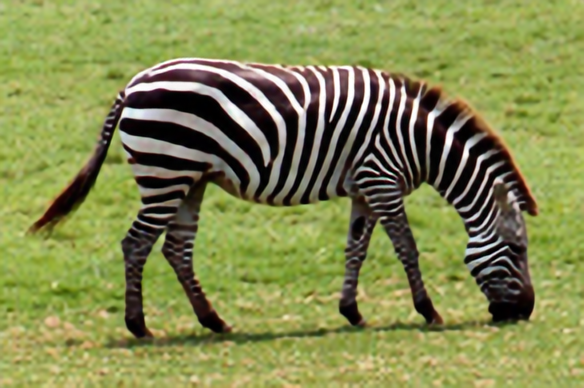Wzx0826
Models by this creator

lbnet

7
The lbnet model is a Lightweight Bimodal Network for Single-Image Super-Resolution (SISR) developed by wzx0826. It uses a symmetric CNN and recursive transformer to efficiently upscale images while maintaining high visual quality. This model builds upon prior work in SISR, such as EDSR and DRN, to provide a better tradeoff between performance, model size, and inference speed. Model inputs and outputs Inputs image**: The image to be upscaled, provided as a URI variant**: The specific model variant to use, defaulting to LBNet-X2 rgb_range**: The RGB range of the input image, defaulting to 255 max_img_width**: The maximum width of the input image in pixels, defaulting to 400 max_img_height**: The maximum height of the input image in pixels, defaulting to 400 Outputs The upscaled image, provided as a URI Capabilities The lbnet model is capable of efficiently upscaling images while preserving high-quality details and textures. It achieves this through a unique architecture that combines a symmetric CNN and a recursive transformer. This allows the model to capture both local and global information effectively, resulting in superior performance compared to traditional SISR approaches. What can I use it for? The lbnet model can be useful for a variety of image enhancement and restoration tasks, such as: Upscaling low-resolution images for high-quality displays or printing Enhancing the quality of images captured by mobile devices or low-end cameras Improving the visual fidelity of AI-generated images or old photographs By leveraging the model's efficient design and high-quality output, you can incorporate it into applications that require advanced image processing capabilities. Things to try One interesting aspect of the lbnet model is its ability to balance performance, model size, and inference speed. You could experiment with different variants of the model, such as LBNet-T or LBNet-X4, to find the best tradeoff for your specific use case. Additionally, you could try integrating the model into your own image processing pipelines to see how it performs on your unique datasets and requirements.
Updated 9/17/2024